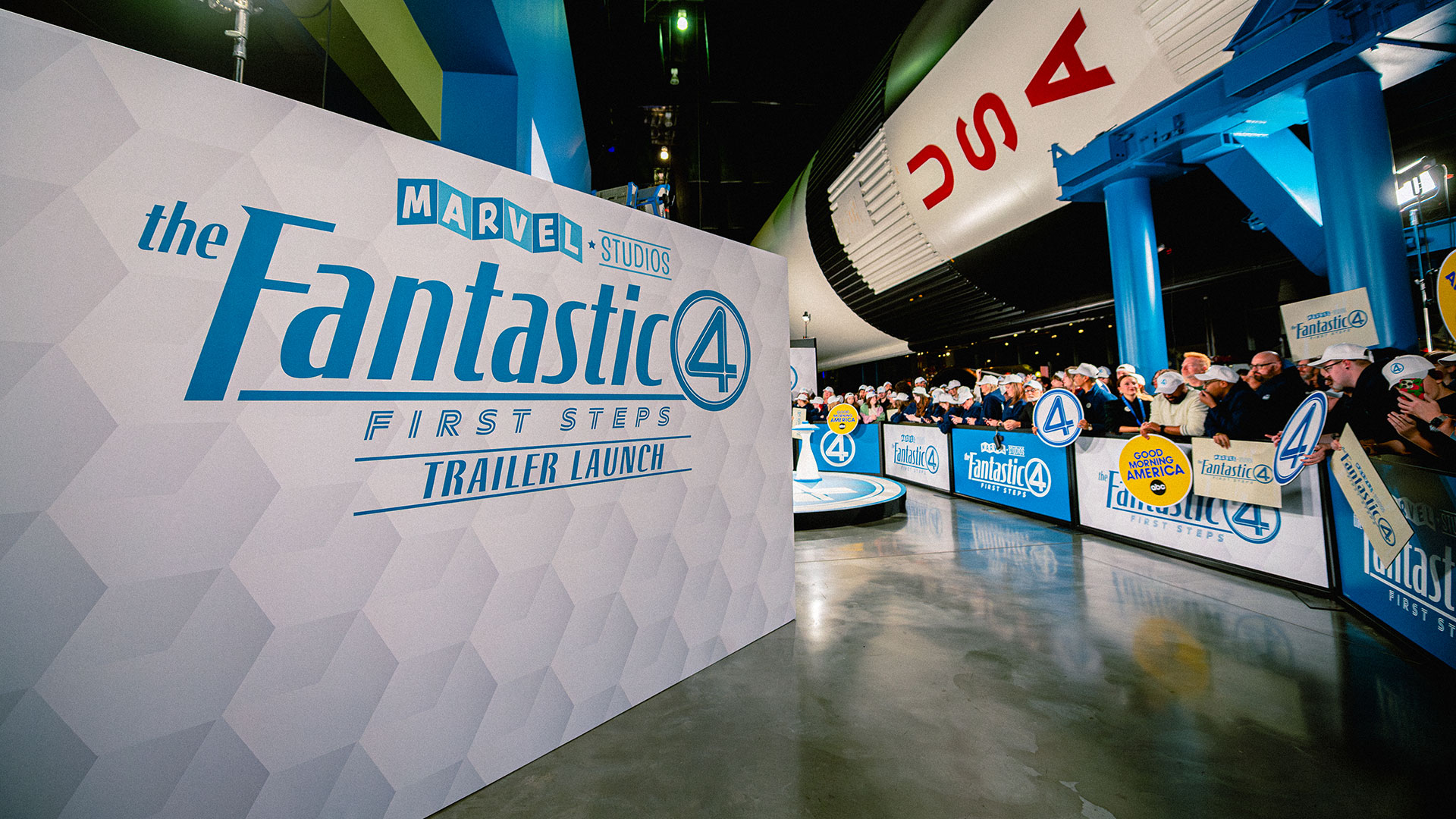The 'false downforce' clues from Ferrari’s F1 2026 mule car test
Ferrari's participation in this week's Pirelli 2026 tyre test has offered some early clues about what’s coming with the new generation of cars...


Ferrari’s participation in this week’s Pirelli 2026 tyre test has not only been interesting from a driver perspective, but it has also offered us some early clues about what’s coming with the new Formula 1 cars.
Attention around the test has clearly been higher than normal because it is Lewis Hamilton’s first run in last year’s SF-24.
Of more technical note though is that this is the first time we have seen such a modern car adapted to the downforce levels that teams and Pirelli are expecting for 2026.
That is because the wing choice for the test is totally different to what would be normal for a venue like Barcelona. It’s ultimately a false way of simulating car performance.
This therefore gives us the closest snapshot yet of what 2026 cars could be like in terms of their speed profile.
Wing levels
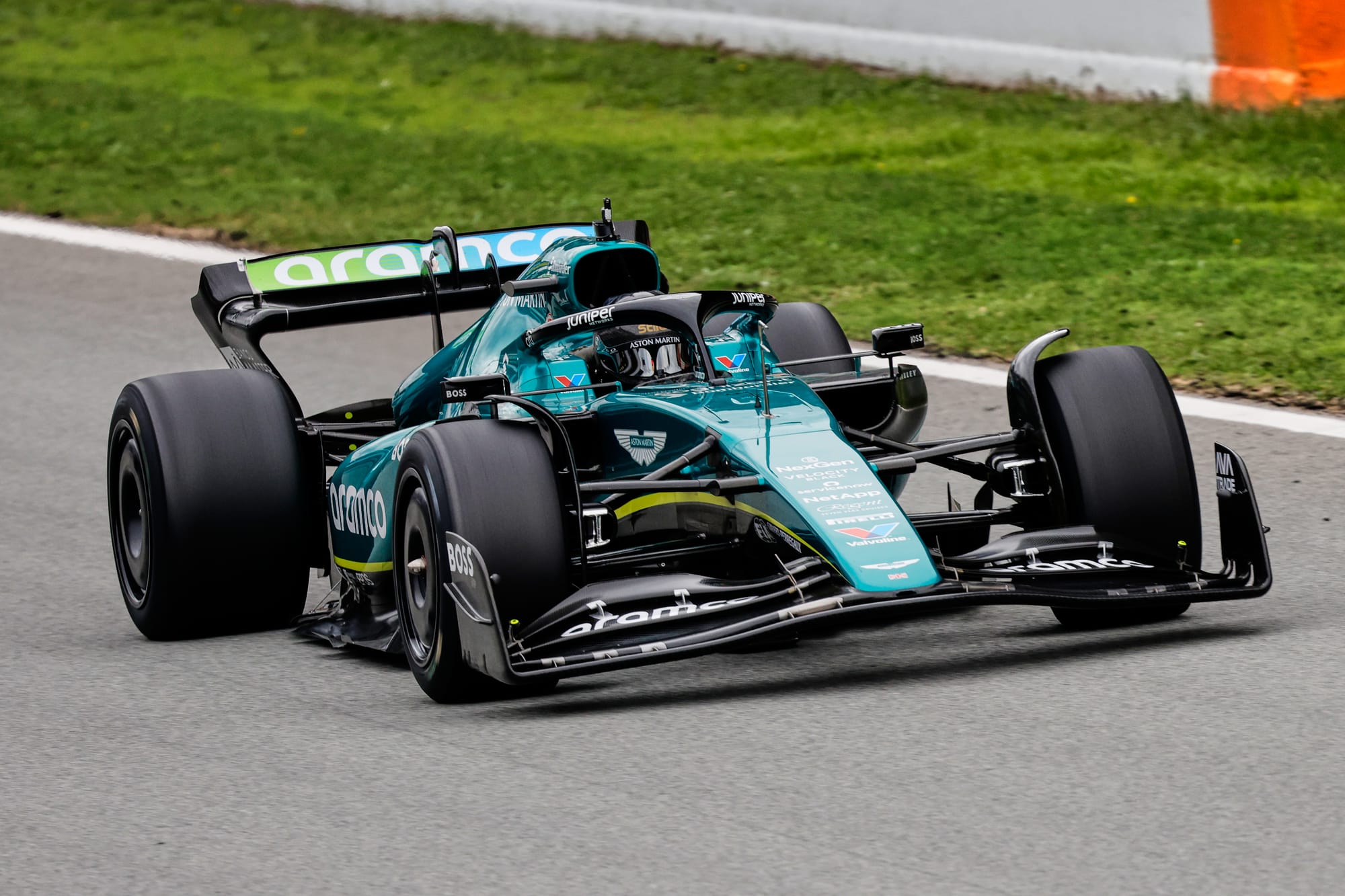
Up until now, the only running with prototype 2026 slicks was done by Aston Martin back in September last year, when it ran a modified 2022 challenger at Barcelona for the first 2026 tyre test.
McLaren (MCL60) and Alpine (A523) have also used much older cars for tests of next year’s wet rubber.
Ferrari’s adaptation of its 2024 challenger for this week’s test is the most current car we have seen adopted so far for the slicks and, coming at a demanding track like Barcelona, the wing choices are interesting.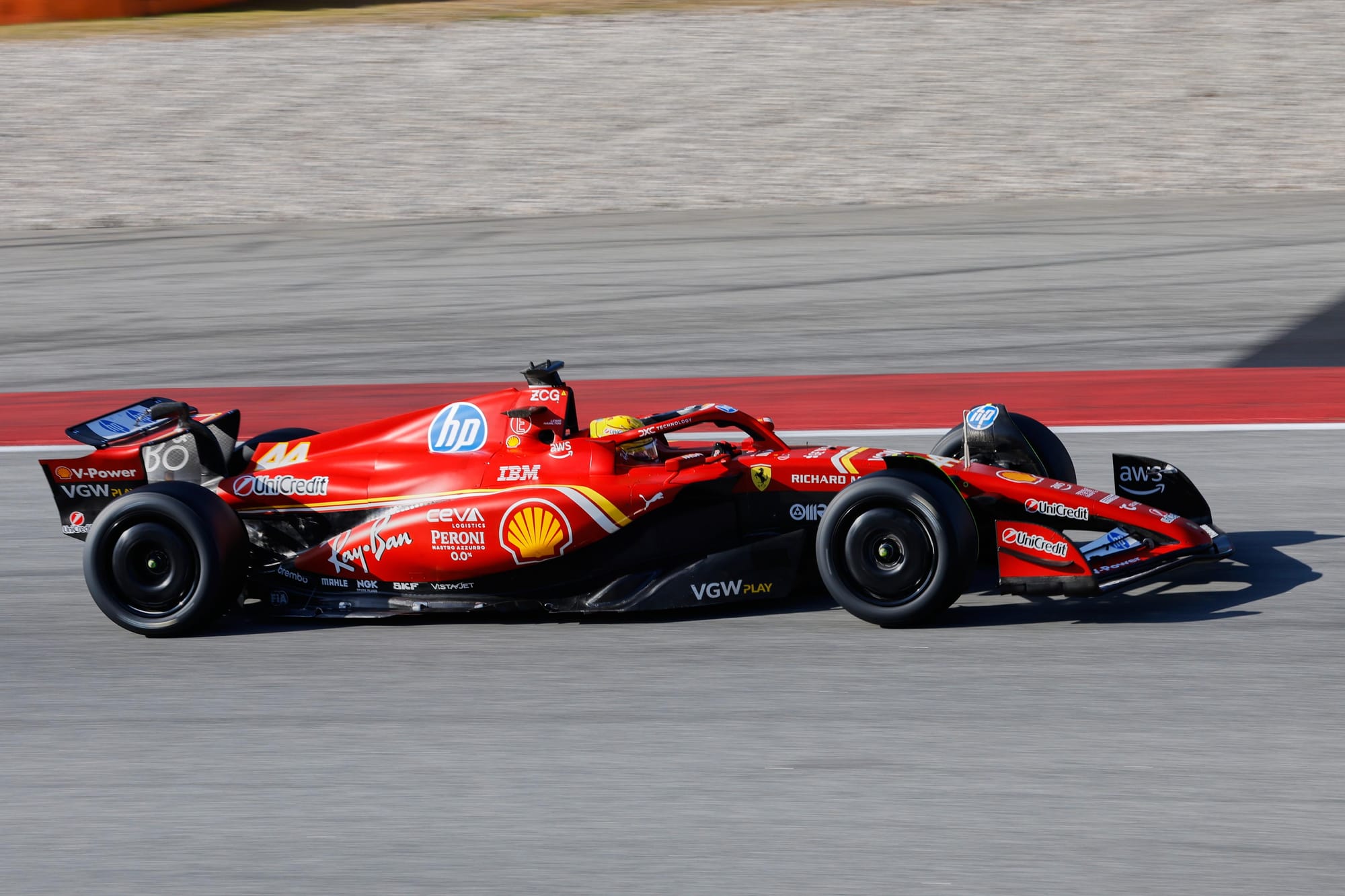
As part of the regulations approved by the FIA, teams are allowed to modify cars so that they deliver the same downforce and speed profiles of what is expected for 2026.
This means changes to the suspension for the new size tyres, as well as aerodynamic tweaks.
It is suggested that the downforce of the mule cars is around 20% less than what we are seeing with the current cars.
Looking at the wing choices Ferrari has brought to Barcelona, the differences from what it ran at the 2024 Spanish Grand Prix are obvious.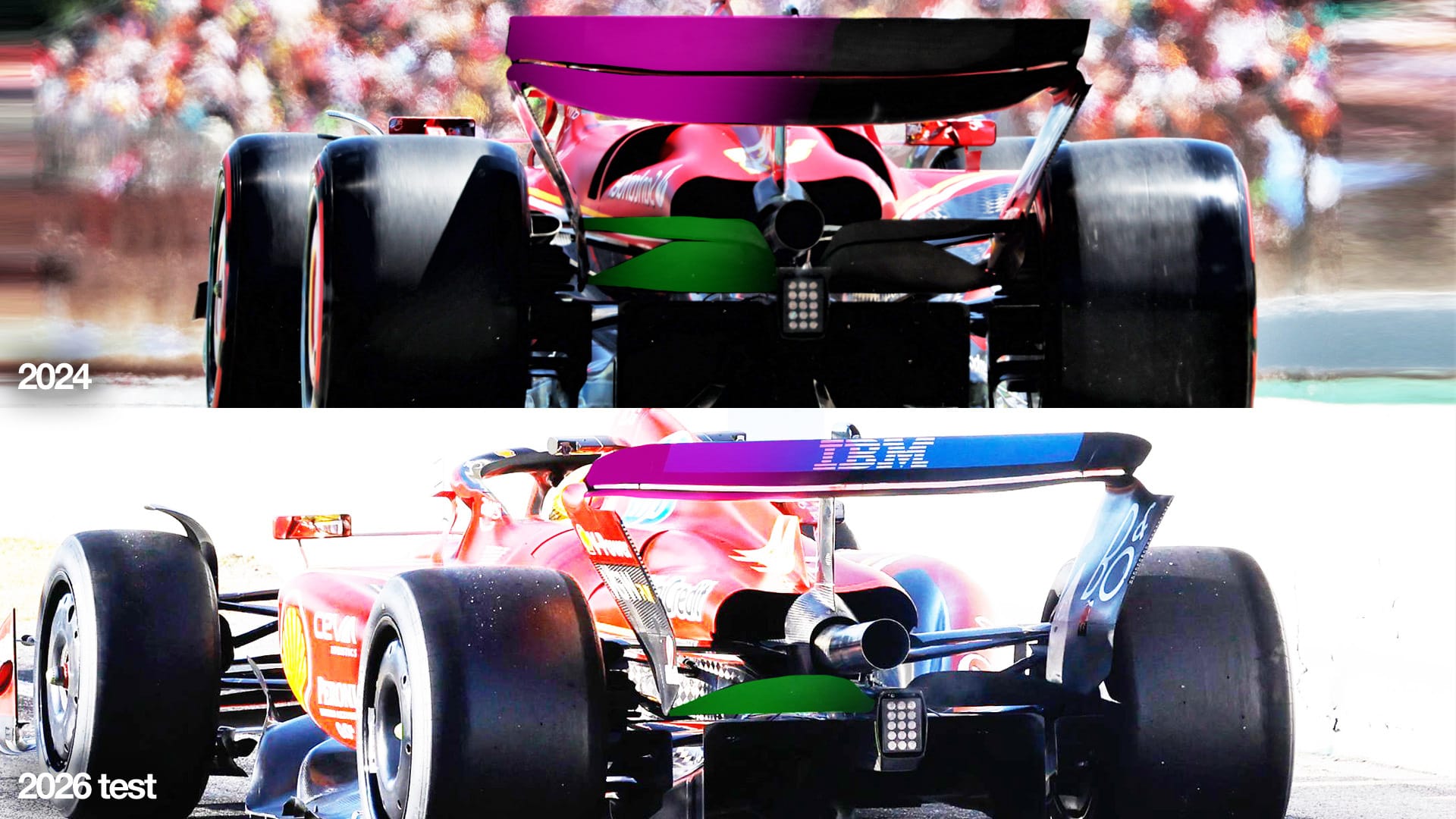
The rear wing levels are notably quite extreme, as Ferrari has opted for a setting that is pretty close to what it ran at last year’s Italian Grand Prix (below).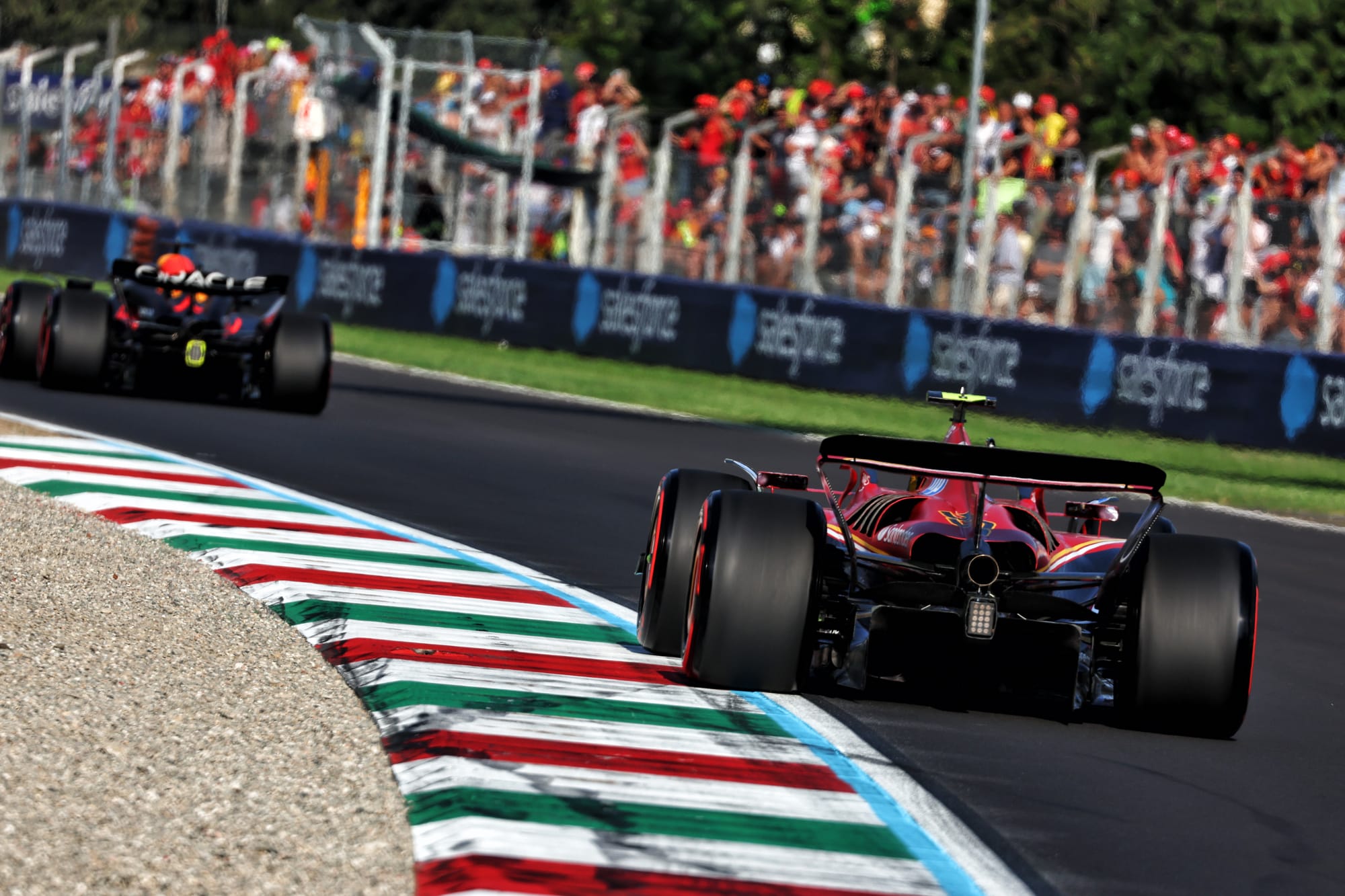
At the front of the car, the wing appears to be an adapted version of what Ferrari ran at Las Vegas – which again is one of the lowest downforce tracks on the calendar.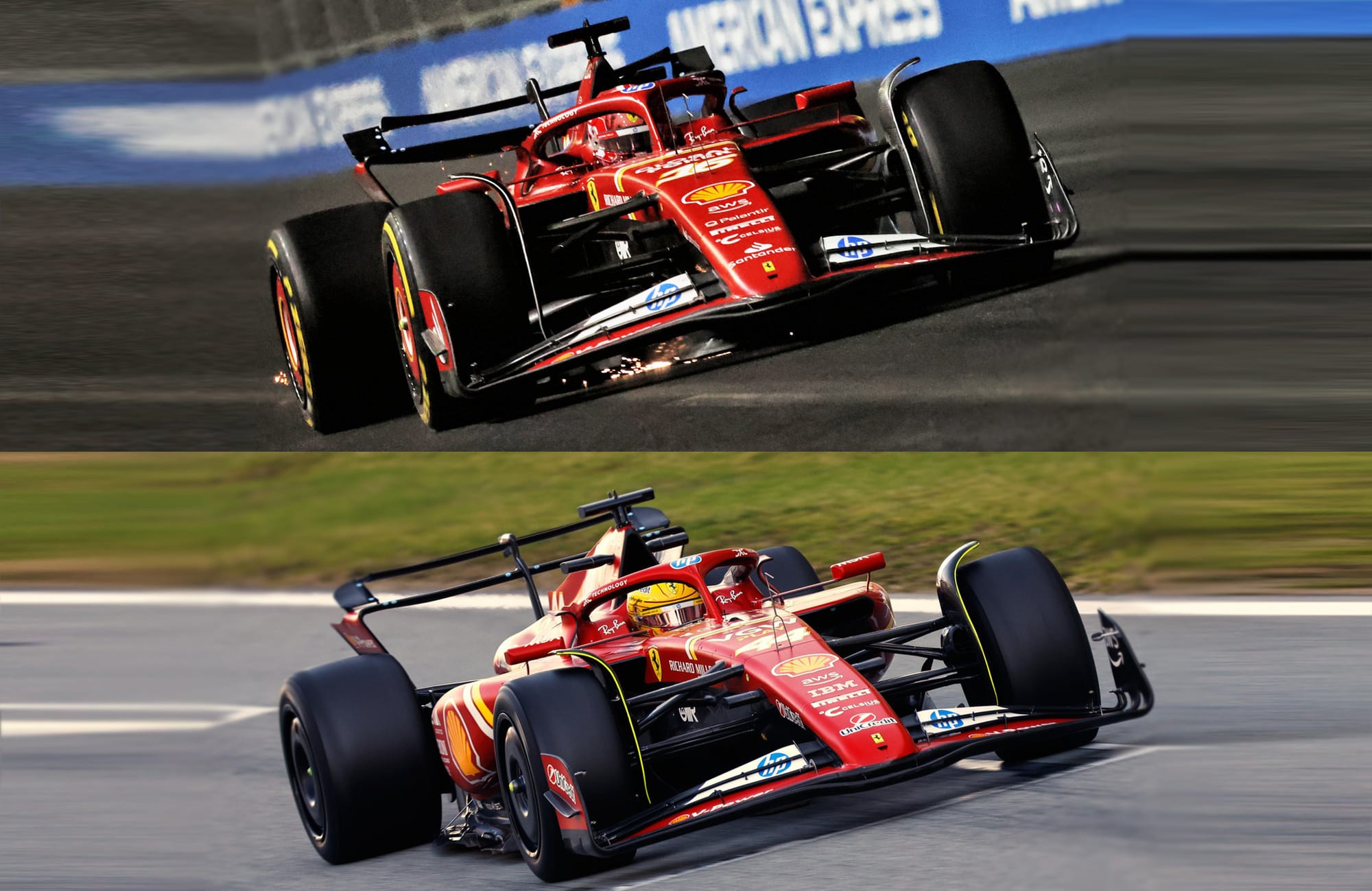
Laptime comparisons
The pitching of the car towards the downforce levels seen at places like Monza and Las Vegas points us to how much downforce is likely to be reduced for the 2026 cars – which are moving this way to help the performance profile of the new powerunit.
The laptimes that Pirelli revealed for the test – with Lando Norris quickest on Tuesday with a 1m15.21s lap – certainly appear to be a step down from last year’s Spanish Grand Prix.
For a direct 2024 car comparison, Lewis Hamilton’s 1m15.93s on Tuesday compares to the 1m11.731s that Charles Leclerc managed in qualifying.
However, it would be wrong to suggest this is the ultimate difference in pace between a current car and 2026, because drivers push much harder in qualifying than they ever do in testing.
Plus the tyre sizes, compounds, downforce levels and weather are all completely different.
Furthermore, the final performance profile of the 2026 cars will be changed because F1 is introducing active aerodynamics for next year’s challengers, which will result in wings being in a low-drag configuration on the straights and then high downforce for the corners.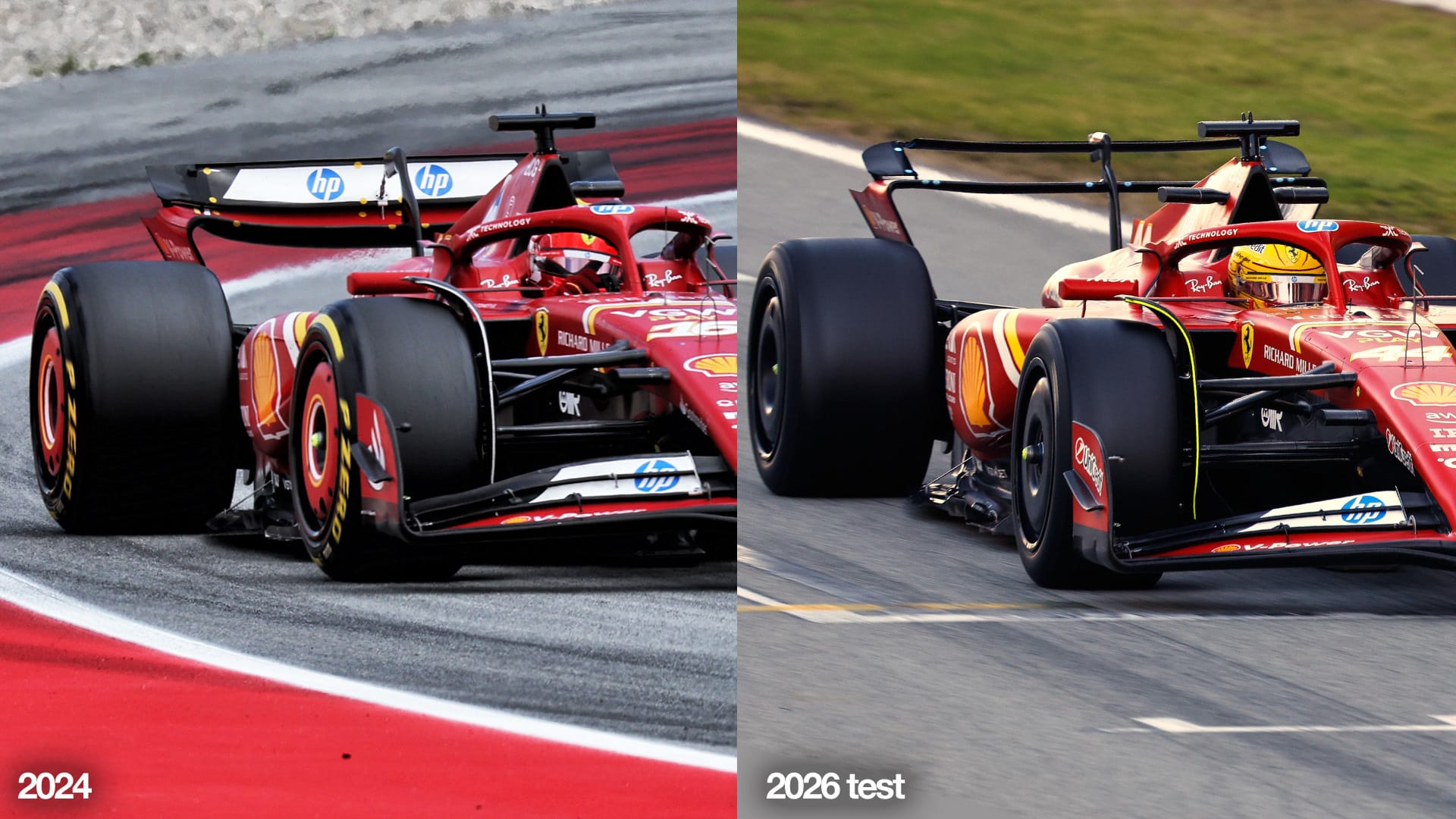
The laptimes shown so far this week actually pitch quite nicely between laps drivers were delivering in Spanish GP practice last year (Hamilton topped second practice on Friday with a 1m13.264s) and the fastest lap in the race which was Lando Norris on 1m17.115s.
Speaking at last year’s United States Grand Prix, the FIA’s head of single seater matters Nikolas Tombazis reckoned that despite downforce levels being down, the 2026 car would deliver similar laptimes.
This came after a lot of work was done between the original 2026 regulations being published in June and revisions being made over the subsequent few months amid fears the original plan would have made cars around two seconds slower.
Reflecting on the progress that modifications made, Tombazis said: “There has been an increase of performance of the car by probably about 50 points of downforce.
“This has brought the performance from what maybe was minus 40% compared to current cars, to around minus 15% in terms of downforce.
“In terms of performance, the resulting laptime of the cars is very close to current cars. All that has been done as was promised in June.”
Tyre tweaks
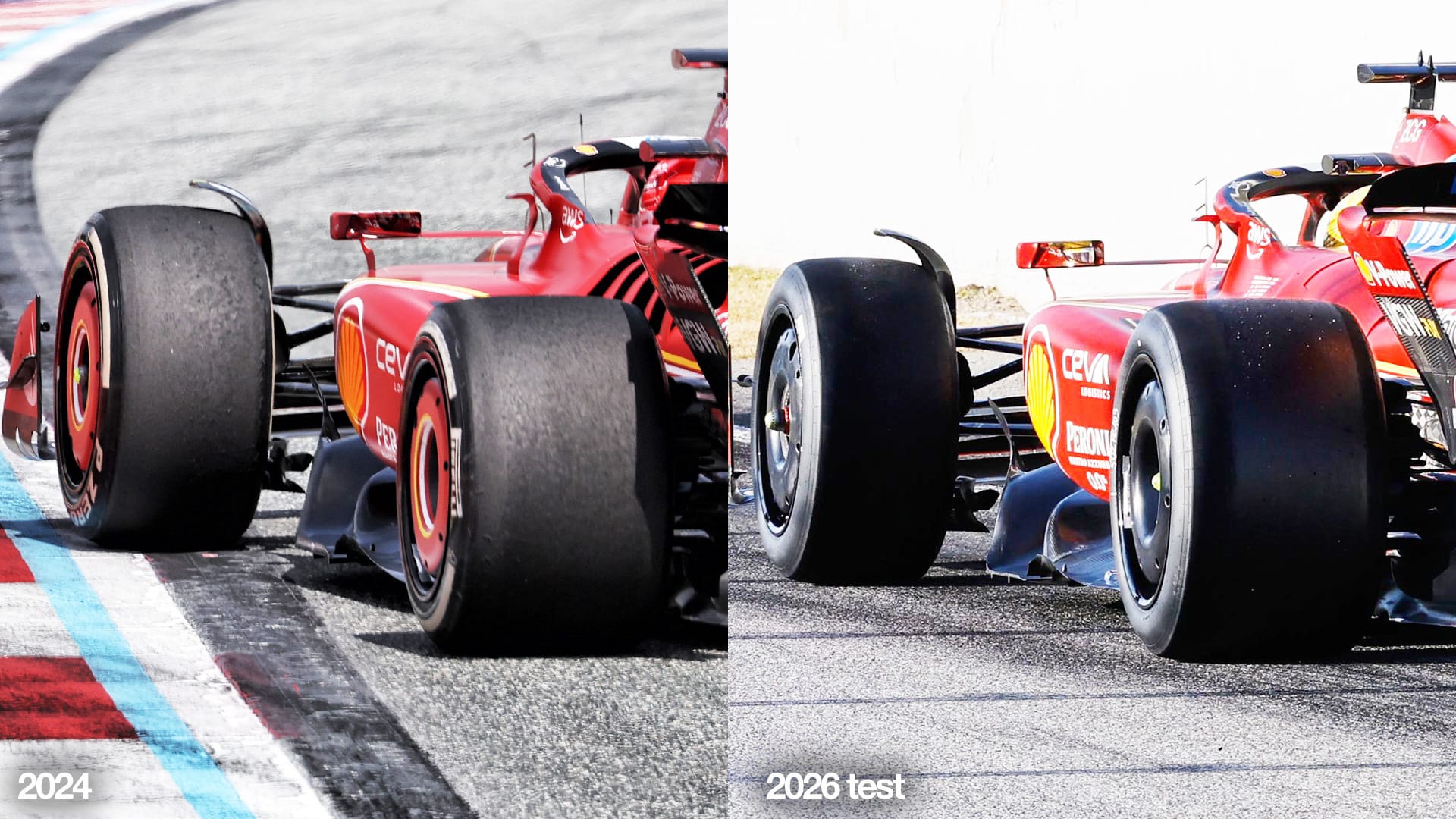
The ultimate aim of the Pirelli test is to continue work on the 2026 tyre development – with this week’s running being about evaluating the latest construction and the C1, C2, and C3 compounds.
Images from Barcelona also give us a decent idea of how the new wheels will look.
For although F1's 2026 tyres retain the current 18-inch rim size that has been used for the latest ground-effect era, the dimensions of the front and rear tyres are being reduced.
The front tyre width is being narrowed by 25mm and the rear by 30mm. They will also be smaller in diameter, going from the current 720mm to 705-710mm.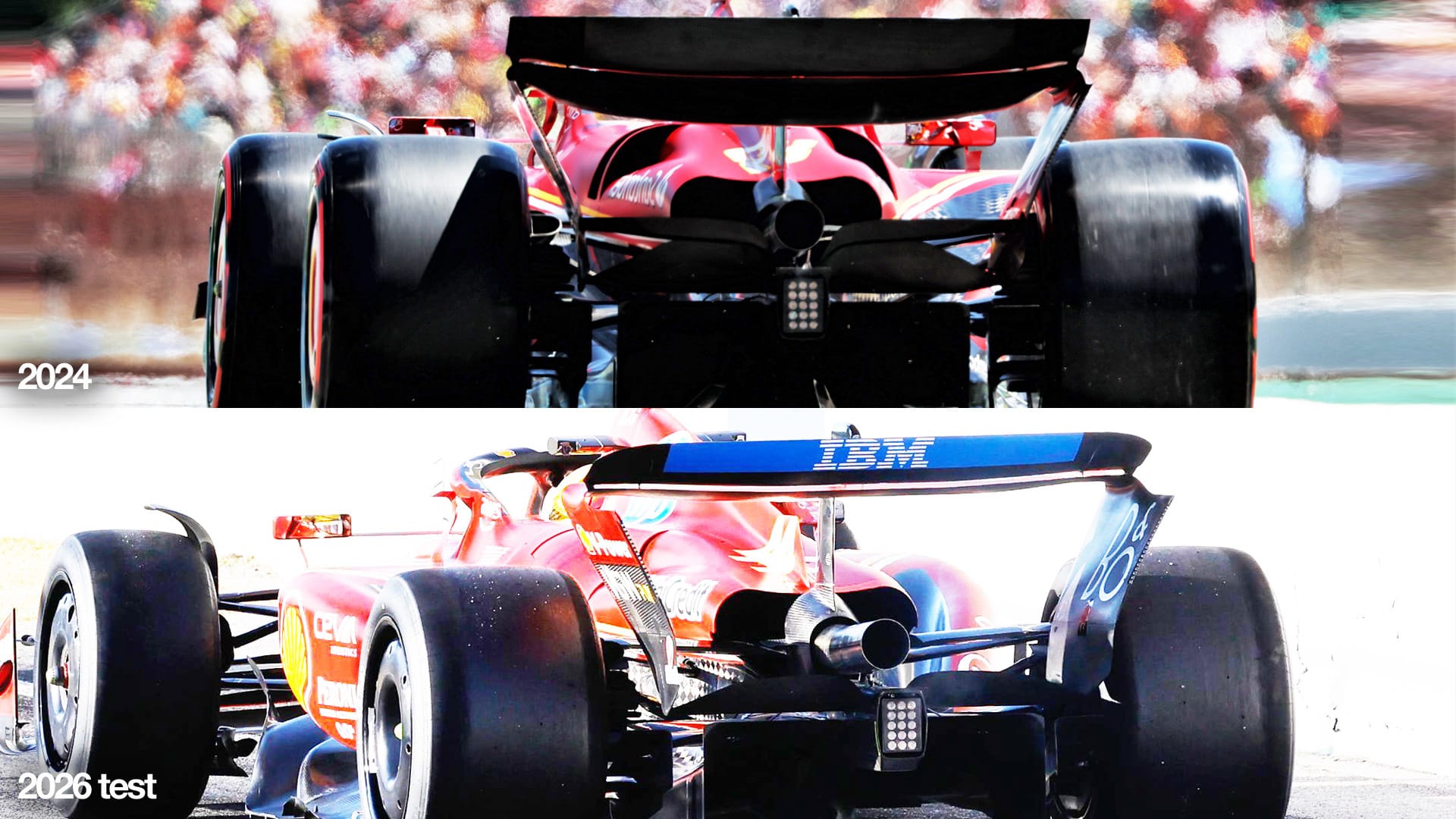

















_Agata_Gładykowska_Alamy.jpg?#)








